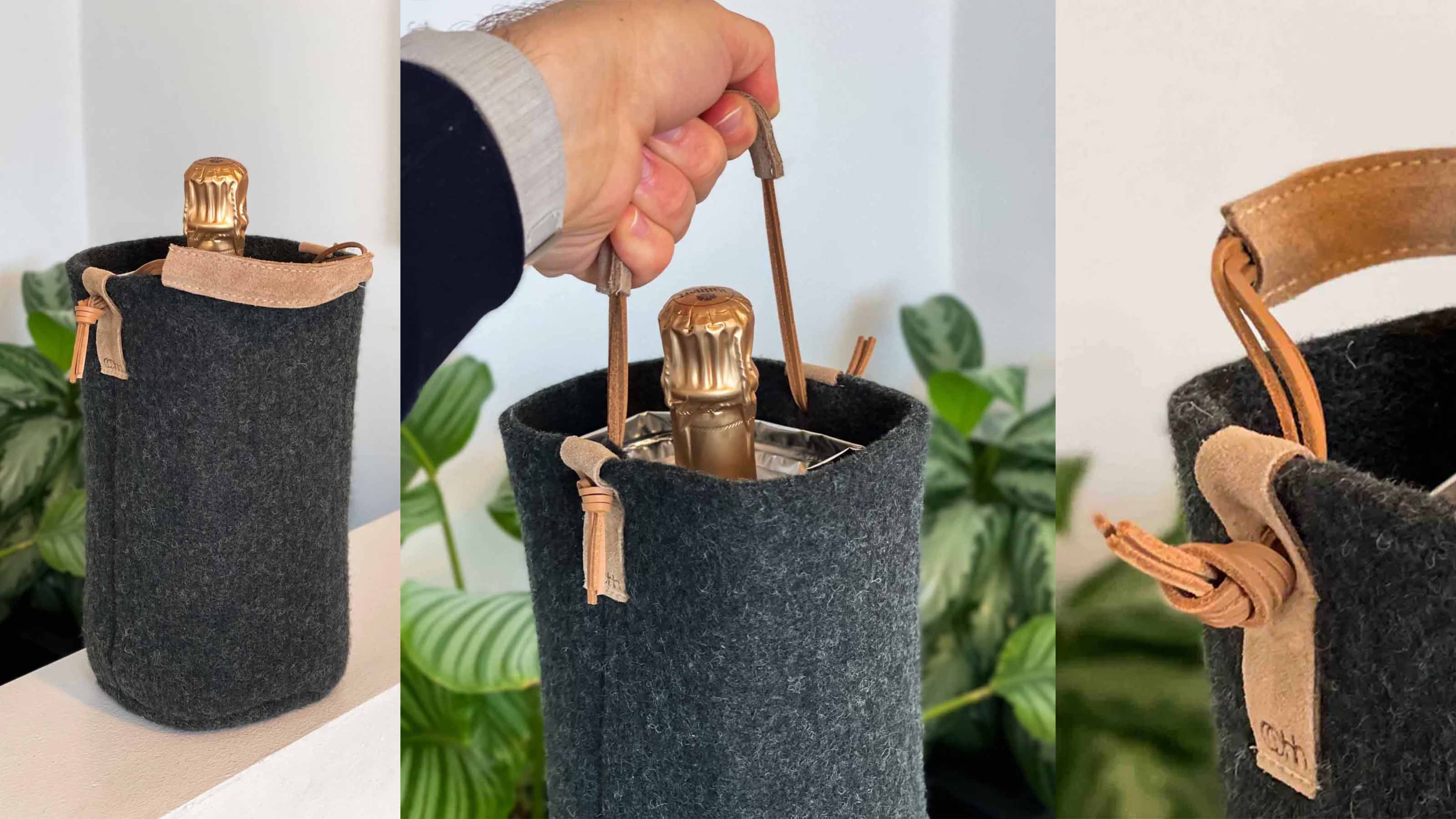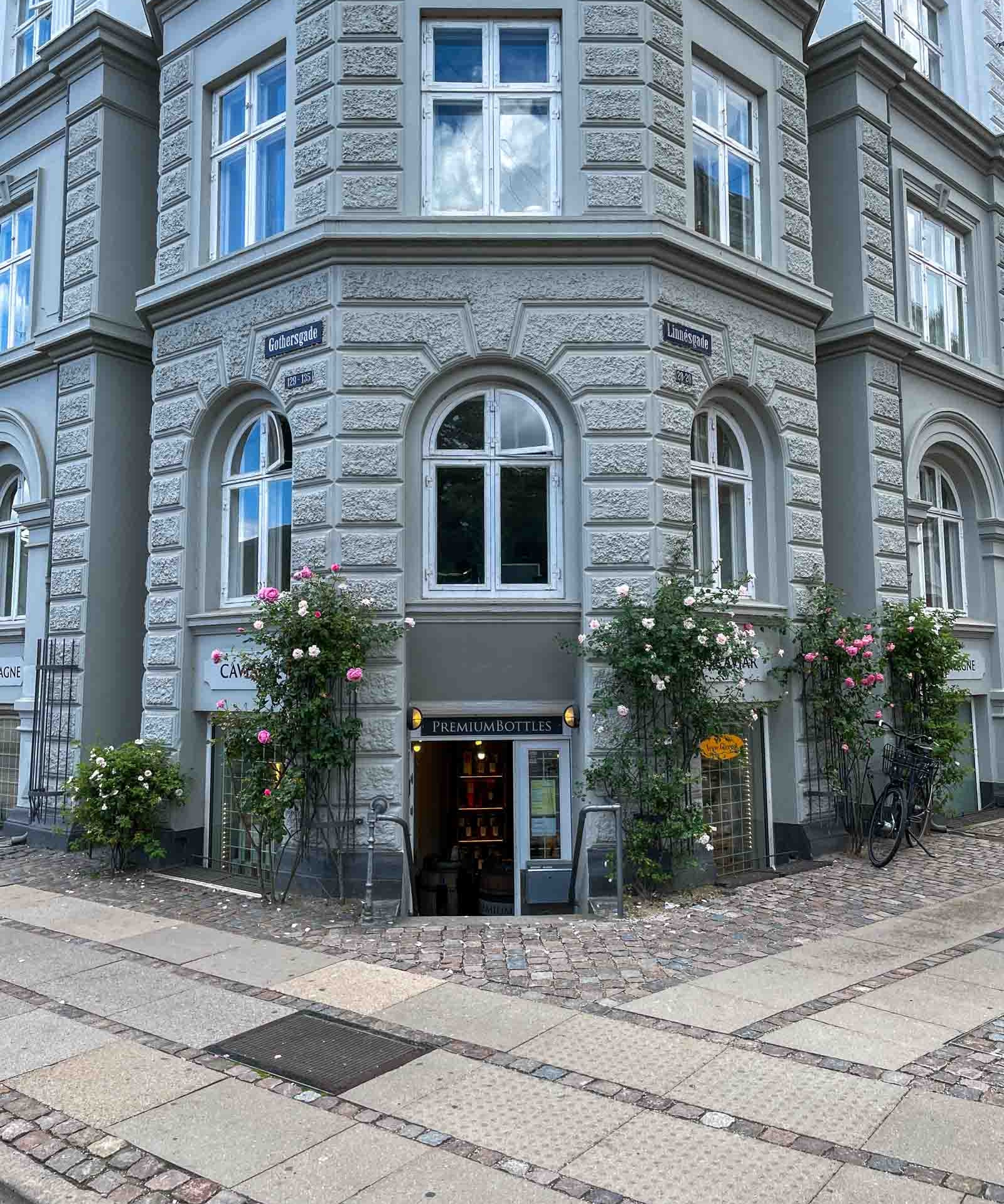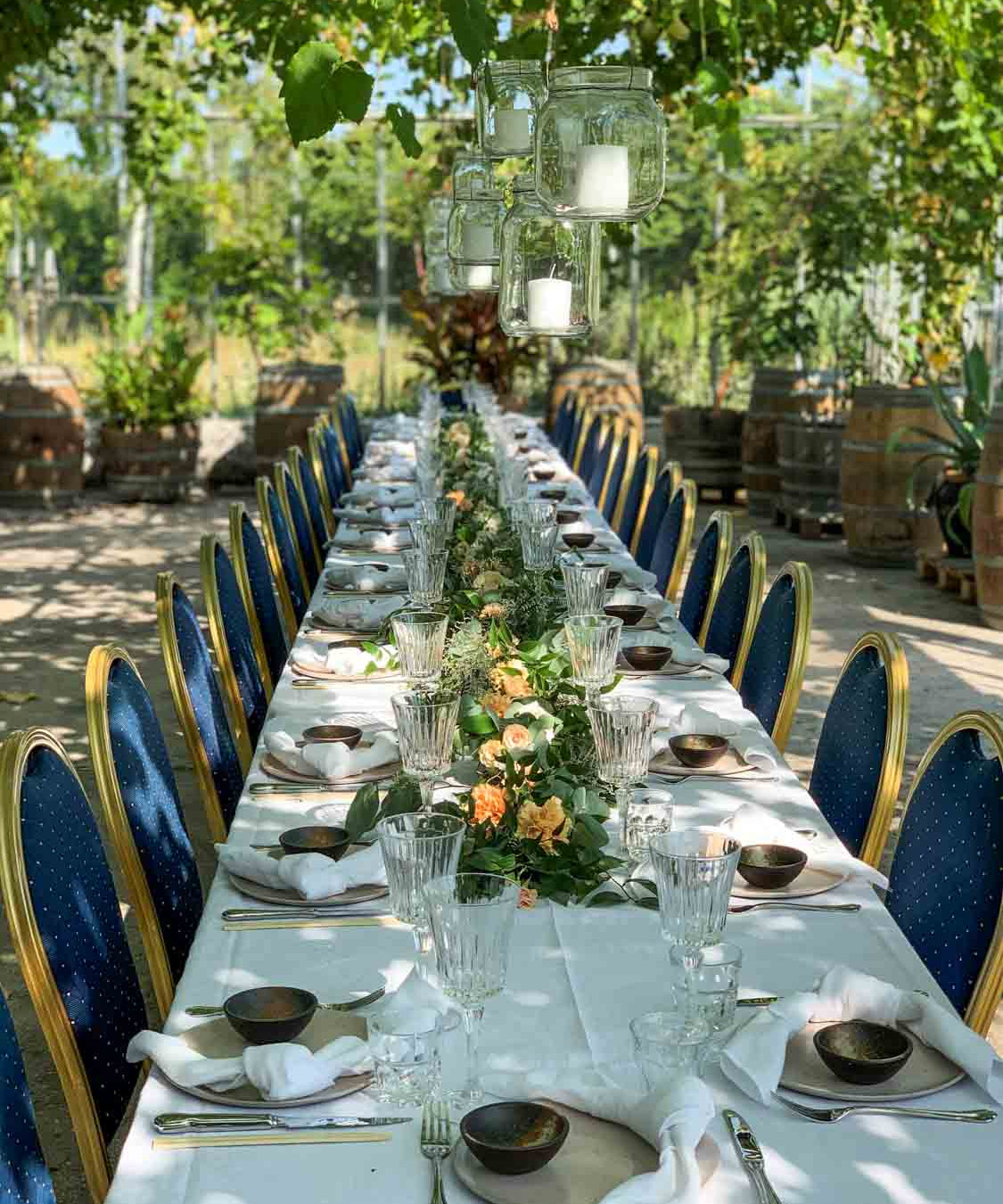Champagne production is a complex process that has many stages, each of which is quite complicated. Read our big guide to how champagne is made and what the different phases of champagne production entail.
The different phases of champagne production
First phase of champagne production: Harvest and pressing
When making champagne, the first step in large-scale production is harvesting and pressing the grapes. This usually happens in the period from mid-September to mid-October, when up to 100,000 grape pickers, pressers and operators spend around three weeks harvesting and pressing the grapes.
When all the grapes have been harvested, they are then transported to one of the 1,900 pressing houses that can be found almost everywhere in the Champagne district. The grapes are gently pressed so that the seeds and the acid from the grape skin do not get into the must.
The must that comes from the first pressing is called 'vin de cuvée' and is considered to be the very best must from the pressing.
After pressing, the must is brought around to various champagne houses.
Second phase of champagne production: First fermentation
The second step in the long process of champagne production is about fermentation of the wine, which creates the base wine. It is an extremely complex process, which is therefore carefully controlled. It usually takes two weeks, during which sugar and yeast are added, which should hopefully result in a base wine with an alcohol percentage of at least 11%.
Some then choose to carry out a malolactic fermentation. Malolactic fermentation is a process where bacteria take the malic acid of the wine and convert it into lactic acid. The result of malolactic fermentation should be a softer and more pleasant wine.
After this, the wine will be clarified, and will therefore be ready to be put together for the desired blend.
Third phase of champagne production: Composition (Assemblage)
Champagne is usually made from several different grape varieties from several different regions. The composition takes place in this phase, in which the cellar master composes the champagne, based on the different areas and grape varieties available.
If it is Non Vintage champagne, it can even be combined across vintages, whereas Vintage champagne is exclusively made from must from the same vintage.
Fourth phase of champagne production: Second fermentation
The production of the champagne has now come a step further in the process, and the finished mixture must now be bottled in champagne bottles. But just before the bottle is closed, a yeast and sugar mixture - a so-called liqueur de tirage - is added to the bottle.
It initiates the second fermentation of the wine, which therefore takes place in the closed bottle. This fermentation method is called the 'champagne method' or 'the traditional method', and all champagnes must be made in this way.
After fermentation has started, the bottles are placed in a cellar, where the wine slowly but surely converts the sugar into alcohol, which releases carbonic acid (bubbles). This process takes approximately 6-8 weeks.
Fifth stage of champagne production: Maturation on lees
While the bottles lie in the cellar and mature, a precipitate will develop consisting of residues from the fermentation bacteria, wine etc. It is a requirement that the champagne matures for a minimum of 15 months, of which 12 months must be before the sediment is removed.
If it is a Vintage champagne, they must be stored for a minimum of 3 years before the sediment must be removed.
Sixth phase of champagne production: Shaking (Remuage)
Of course, no one is interested in having this precipitate in their finished champagne, which is why it must be removed from the bottle. The first step in that process is called Remuage. It is about the fact that when the maturation on the sediment is finished, the bottles must be placed in a kind of rack, where the bottle neck points a little bit downwards.
The vast majority use a machine for this, where it ensures that the bottle is gradually rotated, as well as increasing the downward slope. That way, this process should take about a week's time.
Seventh stage of champagne production: Depletion (Dégorgement)
When you have collected the sediment at the top of the bottle neck through Remuage, you must have removed it from the bottle without the lively bubbles also disappearing. This part of champagne production is called Dégorgement. This is done by cooling the bottles down to minus 27 degrees, which has the effect that the precipitate freezes into ice.
The capsule is then briefly removed from the bottle, whereby this lump of ice is almost shot out. In this way, only minimal carbonation and wine disappear from the bottle. This process is handled by a machine in most champagne houses, but some still do it manually.
Eighth phase of champagne production: Dosage
Since there is now a small void in the bottle, this is filled with wine and Dosage, which adjusts the wine's sweetness level. It is this dosage that determines whether the champagne ends up being brut, demi-sec or something else entirely. If you want to read more about degrees of dryness, you can read our long blog post about sparkling wine .
Ninth phase of champagne production: Corking and labeling
Once the Dosage has been added, the iconic cork must be inserted, along with a wire mesh to hold the same plug in place. After application, shake the bottle relatively violently, which has the effect that the dosage is mixed properly with the entire wine.
As the cork is not completely tight, the wine will continue to age even after the cork is attached.
The label must then be applied, and the bottle is ready to be sold.


























